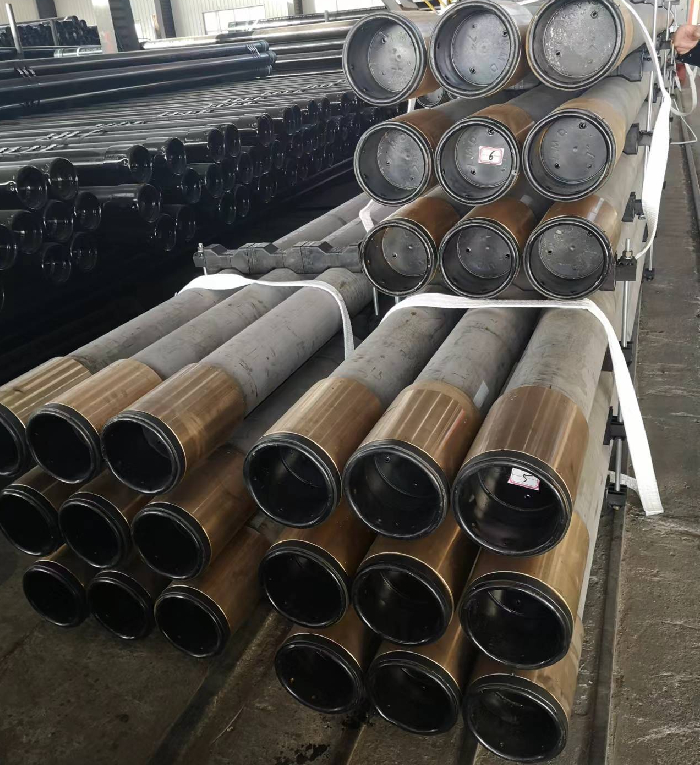- Afrikaans
- Albanian
- Amharic
- Arabic
- Armenian
- Azerbaijani
- Basque
- Belarusian
- Bengali
- Bosnian
- Bulgarian
- Catalan
- Cebuano
- Corsican
- Croatian
- Czech
- Danish
- Dutch
- English
- Esperanto
- Estonian
- Finnish
- French
- Frisian
- Galician
- Georgian
- German
- Greek
- Gujarati
- Haitian Creole
- hausa
- hawaiian
- Hebrew
- Hindi
- Miao
- Hungarian
- Icelandic
- igbo
- Indonesian
- irish
- Italian
- Japanese
- Javanese
- Kannada
- kazakh
- Khmer
- Rwandese
- Korean
- Kurdish
- Kyrgyz
- Lao
- Latin
- Latvian
- Lithuanian
- Luxembourgish
- Macedonian
- Malgashi
- Malay
- Malayalam
- Maltese
- Maori
- Marathi
- Mongolian
- Myanmar
- Nepali
- Norwegian
- Norwegian
- Occitan
- Pashto
- Persian
- Polish
- Portuguese
- Punjabi
- Romanian
- Russian
- Samoan
- Scottish Gaelic
- Serbian
- Sesotho
- Shona
- Sindhi
- Sinhala
- Slovak
- Slovenian
- Somali
- Spanish
- Sundanese
- Swahili
- Swedish
- Tagalog
- Tajik
- Tamil
- Tatar
- Telugu
- Thai
- Turkish
- Turkmen
- Ukrainian
- Urdu
- Uighur
- Uzbek
- Vietnamese
- Welsh
- Bantu
- Yiddish
- Yoruba
- Zulu
well casing coupling
Understanding Well Casing Couplings Essential Components in Oil and Gas Drilling
Well casing couplings play a crucial role in the oil and gas industry, specifically in the drilling and completion of wells. These components are integral to maintaining the integrity of the wellbore, providing structural support, and preventing the collapse of the hole during drilling operations. This article delves into the significance, types, and specifications of well casing couplings, highlighting their importance in ensuring efficient and safe drilling.
What Are Well Casing Couplings?
Casing is a series of pipes that are installed in the wellbore to prevent the walls from collapsing and to protect the well from any contamination. Couplings are the fittings used to join lengths of casing pipes together, ensuring a secure and leak-free connection. Typically made from high-strength steel, these couplings are designed to withstand extreme pressures and temperatures found in subsurface environments.
Types of Well Casing Couplings
There are various types of casing couplings available in the market, designed for specific applications and conditions
1. Regular Coupling These are commonly used to connect two sections of casing. They have a simple design and are effective for most standard applications.
2. Threaded Coupling These couplings feature threaded ends that allow for easy attachment and detachment. This design is beneficial for operations that require frequent adjustments or replacements.
3. Premium Coupling Designed for high-pressure environments, premium couplings offer enhanced sealing capabilities and surface finishes to prevent leakage, making them suitable for challenging drilling conditions.
well casing coupling

4. Specialty Couplings Some operations may require couplings that cater to unique requirements, such as those equipped with internal coatings or specific geometries to accommodate particular downhole tools.
Key Specifications to Consider
When selecting well casing couplings, several specifications must be considered to ensure compatibility and effectiveness
- Size and Weight The dimensions and weight of the coupling should match those of the casing pipes to guarantee proper fit and structural integrity.
- Material Grade The material used in manufacturing couplings must meet the necessary toughness and corrosion resistance standards. Common materials include API (American Petroleum Institute) grades such as J55, K55, and N80.
- Thread Type Different well environments may require specific thread types, such as API threads or proprietary designs.
- Casing Pressure Ratings Casing couplings must be able to withstand the maximum expected pressures during both drilling and production operations to avoid failures.
Conclusion
In conclusion, well casing couplings are essential components in the successful drilling and completion of oil and gas wells. Their ability to provide reliable connections between casing pipes ensures structural integrity and prevents potential hazards during drilling operations. Understanding the types, specifications, and applications of casing couplings is vital for industry professionals, as it directly impacts the safety and efficiency of drilling projects. As the oil and gas sector continues to evolve, so too will the technology surrounding casing couplings, supporting the demand for safer and more efficient extraction of hydrocarbon resources.
-
Well Casing Extension Couplings – Applications and InstallationNewsJun.06,2025
-
Types of Crossover Subs in Drilling & CompletionNewsJun.06,2025
-
Key Features of High-Quality Tubing Pup JointsNewsJun.06,2025
-
Installation and Maintenance Tips for Steel Couplings for PipeNewsJun.06,2025
-
How to Select the Right Pup Joint for Oil & Gas OperationsNewsJun.06,2025
-
Applications of Stainless Steel Pipe CouplingsNewsJun.06,2025







